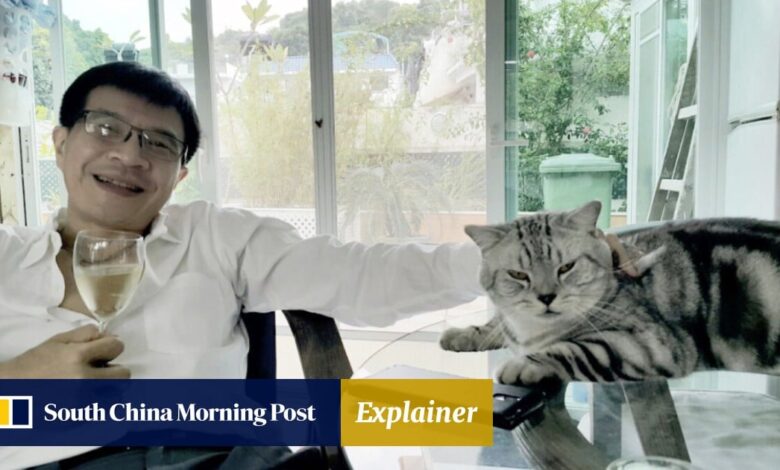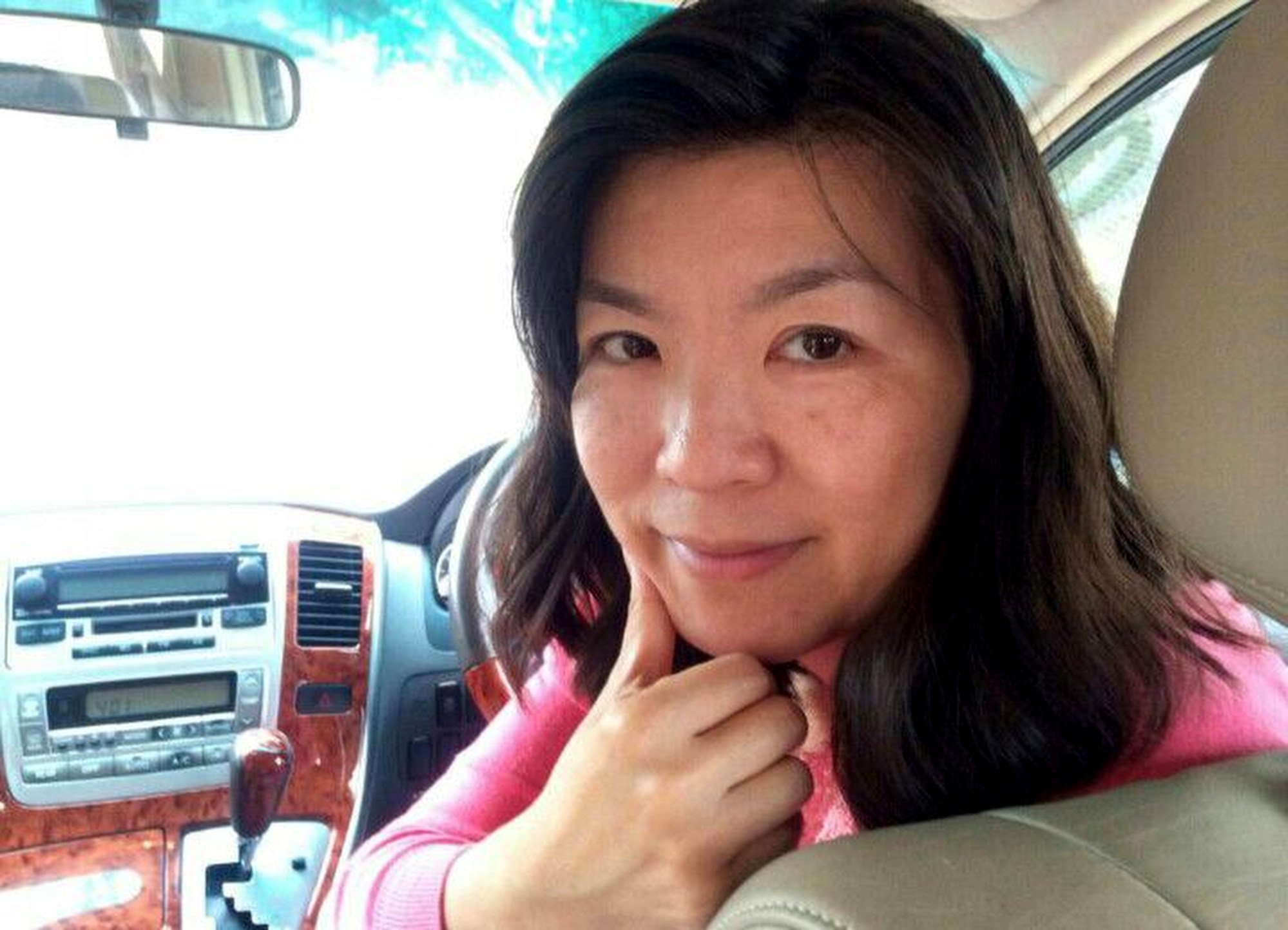University professor’s Hong Kong conviction for murder of wife and daughter quashed – what happens next?

[ad_1]
Khaw’s retrial could be held as early as the end of next year, a legal expert said after the decision was handed down.
Here the Post revisits an incident that gripped the city 8½ years ago.

1. The case generated huge public attention. What led to the original trial and conviction?
Police found the mother and daughter slumped in their yellow Mini Cooper in a car park on May 22, 2015. It was later found they had died of carbon monoxide poisoning.
Khaw, originally from Malaysia, was not regarded as a suspect in the first few months of the police investigation.
He was an experienced medical specialist who used to work at Prince of Wales Hospital and served as associate professor at the department of anaesthesia and intensive care at the Chinese University of Hong Kong.
Police arrested Khaw nearly a year later, after they decided that a deflated grey yoga ball found in the boot of the car might have played a role in the deaths.
Officers found evidence that showed Khaw had bought carbon monoxide, but he said it was used for carrying out experiments on rabbits.
Police also discovered that Khaw had been having an affair and had quarrelled with his wife over financial matters.
2. What details were revealed by the police investigation?
Evidence scrutinised by police, and later revealed in court, put the professor’s family and personal life under the microscope.
Khaw’s extramarital affair was discovered after police examined his deteriorating relationship with his wife.
Police also found invoices for Khaw’s purchase of carbon monoxide, which he proposed to test on rabbits in clinical trials months before the two deaths happened.
But the testimonies of medical experts, including Khaw’s then colleague, Gavin Joynt, the chairman of Chinese University’s department of anaesthesia and intensive care, questioned the “clinical value” of such experiments, which appeared to have little or no academic merit.

3. What was the professor’s defence?
Khaw did not deny filling up the yoga ball with carbon monoxide in a video interview with police.
But he said he had intended to take the gas-filled yoga ball home to pump the carbon monoxide into the drains of the family’s three-storey village house in Sai Kung in a bid to exterminate rats.
He admitted that he did not alert his family to the potential danger as he thought the gas would harmlessly dissipate in case of leakage.
Khaw did not take the stand at his trial.
But his defence counsel said Khaw’s daughter Lily, the only other member of the family who knew the gas was inside the yoga ball, might have put it in the car to kill bugs because she was terrified of insects.
The defence also suggested the girl might have used the gas-filled ball to kill herself because of pressure Khaw put her under in connection with her studies.
4. What evidence formed the core of the appeal?
The key piece of evidence was the yoga ball’s stopper, which was at first missing and only found in a drawer used by Khaw a year after the deaths of his wife and daughter.
Khaw told police he had mixed up the plugs for his three yoga balls at home before, and afterwards some would not go back in properly.
There was no eye witness who could testify as to who put the yoga ball in the car and when.
5. Why was the appeal upheld?
Trial judge Mrs Justice Judianna Barnes Wai-ling directed the jury to consider the prosecution’s submission that Khaw, by a process of elimination, was the only one who could have placed the yoga ball in the car, if jurors ruled out his wife or daughter as having done so.
Hong Kong court gives man convicted of yoga ball murders a chance to clear name
Hong Kong court gives man convicted of yoga ball murders a chance to clear name
A nine-member High Court jury unanimously convicted Khaw of two counts of murder in 2018.
He lodged an appeal against his conviction and sentence in 2022 with the Court of Appeal, but a three-judge panel dismissed the application on the grounds that he had been given “a thoroughly fair trial” with “cogent and compelling evidence” to justify the jury’s verdict.
But three Court of Final Appeal justices allowed Khaw to bring the case forward based on a “grave and substantial injustice” in June this year.
Mr Justice Roberto Ribeiro, serving as a permanent Court of Final Appeal judge, said the bench was concerned about how Barnes had handled decisive evidence – the yoga ball’s stopper – in her directions to the jury.
The Court of Final Appeal ruled that Barnes’ directions had effectively allowed jurors to ignore the possibility that the stopper was misplaced or removed from the car by mistake before the police search.
It added there was a risk that a false inference could have been made about the discovery of the stopper later retrieved from Khaw’s drawer a year after the deaths of his wife and daughter.
The final appeal court ruled the evidence should be assessed by “a fresh jury” which might have arrived at a different conclusion if the misdirection had not been given.
Malaysian professor appeals against conviction for yoga ball murders
Malaysian professor appeals against conviction for yoga ball murders
6. What happens next?
Khaw has been behind bars in Stanley Prison since his conviction in September 2018.
Although his conviction was quashed on Tuesday, he is still to face two charges of murder and can only apply for bail before a High Court judge.
Barrister Jackson Poon Chin-ping said that setting a trial date at the Court of First Instance before the criminal listing judge would take at least nine months.
He added the prosecution and defence would start to get in touch with potential witnesses after the date was fixed.
Poon said that if Khaw was cleared of the charges after the retrial, he had the option to seek compensation from the Department of Justice, but that the authorities would examine the application either under statutory provisions or through an “exceptional cases” process.
[ad_2]
Source link





